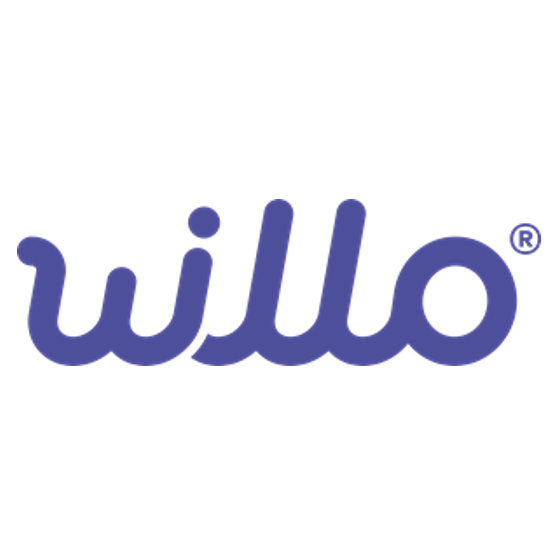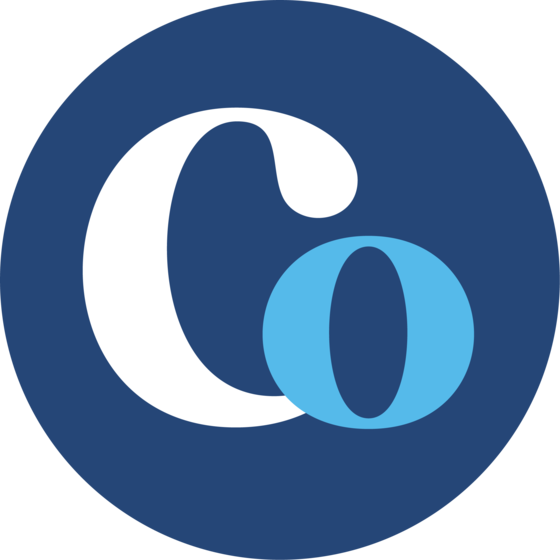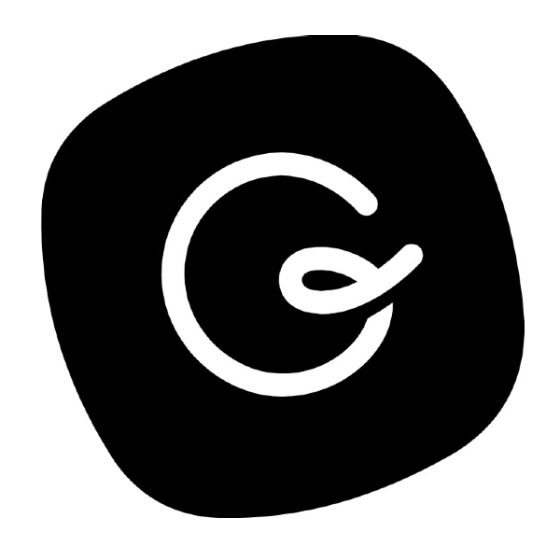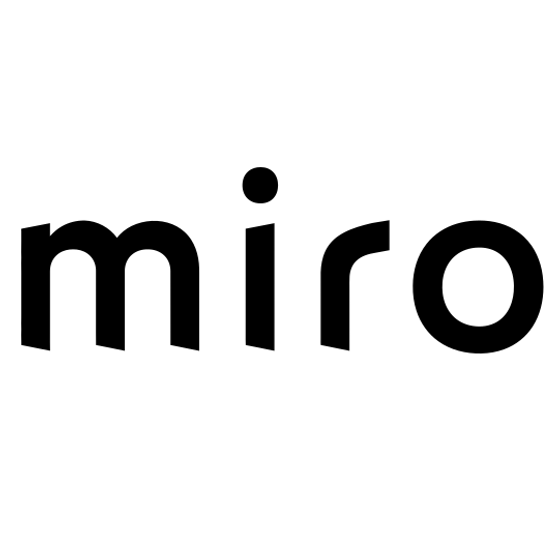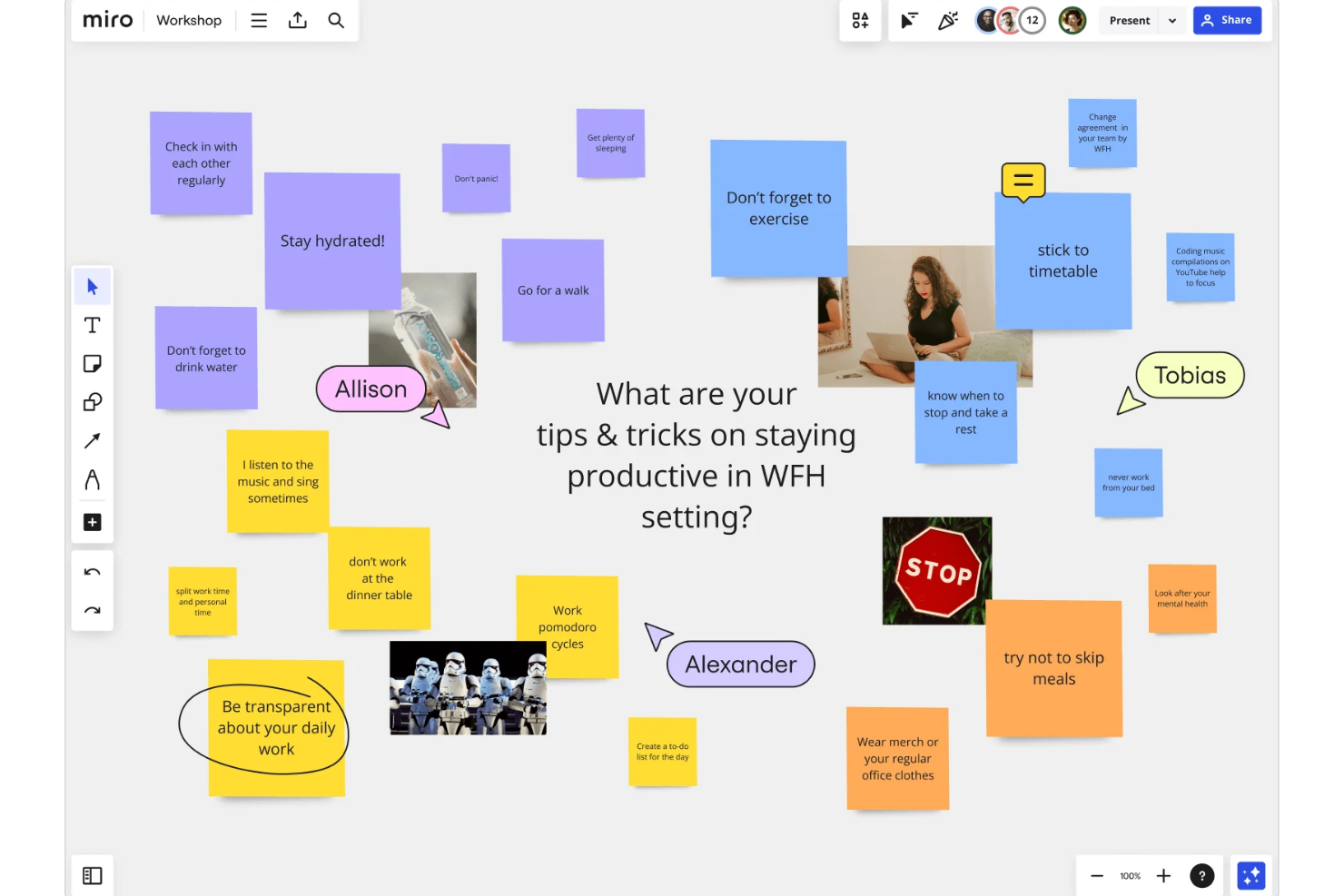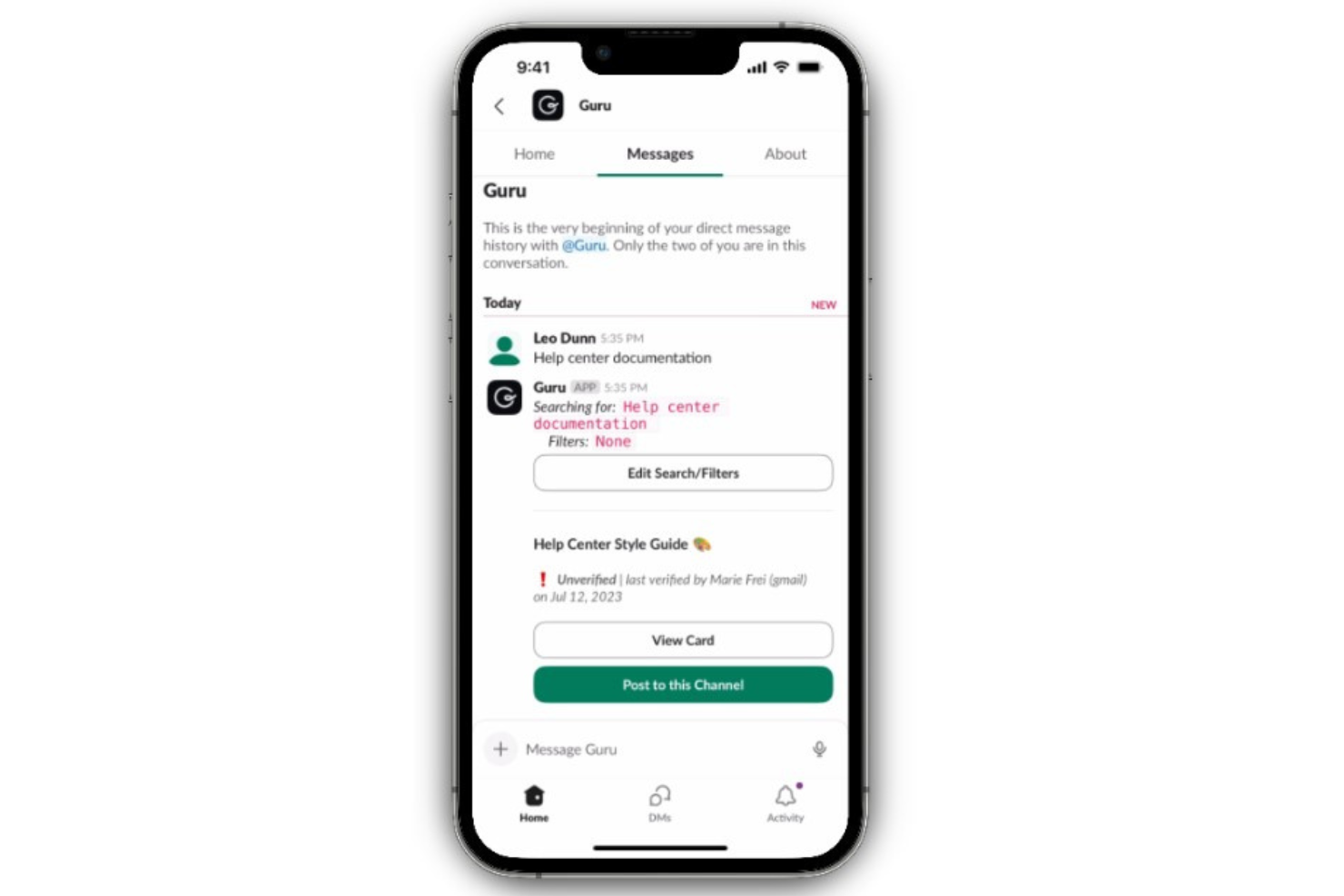10 Best Note Taking Apps Shortlist
Here's my pick of the 10 best software from the 20 tools reviewed.
Get free help from our HR software advisors to find your match.
With so many different note taking apps available, figuring out which is right for you is tough. You know you want an app to capture, organize, and retrieve information efficiently, but you need to figure out which app is best. In this post, I'll help you make your choice easy by sharing my personal insights on dozens of apps to improve your task management, and aid your memory.
What are Note Taking Apps?
Note taking apps are digital tools for recording and managing information on a mobile device (Android or iOS) or desktop computer. They are a modern replacement for your old pen and paper to-do list with enhanced features for handling information efficiently, including sub-tasks, bullet points, and checklists. You can use them to organize your tasks with folders and tags, synchronize your task lists across devices, and search for reference items easily.
Note taking apps can help you stay organized and efficient by giving you an easy place to quickly jot down notes for future reference. By saving notes on your mobile device of choice, they are always accessible to you for easy reference. They are a helpful memory aid for multi-tasking and keeping track of numerous responsibilities or tasks on the go.
-

Willo
Visit WebsiteThis is an aggregated rating for this tool including ratings from Crozdesk users and ratings from other sites.4.8 -

ClearCompany
Visit WebsiteThis is an aggregated rating for this tool including ratings from Crozdesk users and ratings from other sites.4.6 -

Guru
Visit WebsiteThis is an aggregated rating for this tool including ratings from Crozdesk users and ratings from other sites.4.6
Overviews of the 10 Best Note Taking Apps
Here’s a brief description of each note taking app to showcase each tool’s best use case, some noteworthy features, and pros & cons. I’ve also included screenshots to give you a snapshot of their user interface too.
Miro is a collaborative online workspace designed to facilitate innovation and project management through a visual platform. It provides a comprehensive suite of tools for process mapping, product development, and brainstorming.
Why I picked Miro: As a note-taking app, Miro has versatile and interactive features that enhance the note-taking experience. Unlike traditional note-taking apps, Miro offers an infinite canvas that allows users to organize their notes visually, making it easier to connect ideas and create comprehensive mind maps. This spatial organization of notes is particularly beneficial for brainstorming sessions, project planning, and studying, as it enables users to see the big picture while diving into details when necessary.
Additionally, Miro’s rich set of tools, including sticky notes, text boxes, and digital pens, allows for a dynamic and flexible note-taking process that caters to different styles and preferences. The platform also allows for simultaneous note-taking and collaboration within the same board.
Miro Standout Features and Integrations
Features include Kanban boards, mind mapping, agile workflows, remote team collaboration, brainstorming tools, presentation mode, flowcharts, diagramming, video chat integration, screen sharing, project management tools, feedback loops, and sketching tools.
Integrations include Box, Airtable, Notion, Azure, Webex, Microsoft Teams, Google Drive, Slack, Jira, Asana, Monday.com, Confluence, Zoom, and Figma.
Pros and cons
Pros:
- Infinite canvas for project work
- Real-time collaboration and note-taking
- Pre-built templates for various workflows
Cons:
- Extensive flexibility may take time to get used to
- Some integrations only available on higher-tier plans
Guru is an AI-powered enterprise search tool that's designed to connect scattered company documents, apps, and chats to deliver instant answers through their desktop application or mobile apps.
Why I picked Guru: Guru's AI-powered enterprise search feature differentiates it from other note-taking applications by providing instant access to scattered information. Its minimal yet powerful design makes it easy to access information with just a few clicks, elevating the collective intelligence of any group that chooses to embrace it. Plus, you can take advantage of their Private Cards feature to use it for your own personal note-taking, all still searchable within their mobile apps.
As a note-taking app, Guru excels in offering real-time collaboration and knowledge accessibility. Users can quickly jot down, retrieve, and share notes without the usual clutter or complexity. This focus on ease of use and accessibility makes it an invaluable tool for individuals and teams looking to enhance their productivity and knowledge-sharing capabilities.
Guru Standout Features and Integrations
Features include artificial intelligence for real-time suggestions, knowledge verification processes to ensure the accuracy of information, knowledge triggers to proactively deliver context-specific information to users, and Collections and Boards to help users organize and structure their information.
Guru also supports syncing with external data sources, maintains high security standards with features like SSO, and provides extensive support resources for users.
Integrations are available natively with Slack, Microsoft Teams, Gmail, Outlook, Salesforce, Google Chrome, Zendesk, Chrome, Firefox, Asana, Trello, Jira, and Confluence.
Pros and cons
Pros:
- Setup process is straightforward
- Easy to use with an intuitive interface
- AI suggestions improve information relevancy and retrieval
Cons:
- Can become overwhelming if not properly organized
- Primarily focused on team use, less so for individual note-taking
Notion is a digital workspace that helps you manage notes, tasks, records, projects, and calendars.
Why I picked Notion: Available in both cloud and on-premise formats, Notion allows team members to collaborate and perform joint tasks, share meeting notes, update project expense reports, and maintain benefits policies. The software can also be used for product roadmaps, task lists, repository patterns, and streamlining project workflows.
The editor offers distraction-free writing through a clean, simple interface. Mobile apps are available for both iOS and Android devices, so users can view and manage tasks from anywhere.
Notion Standout Features and Integrations
Features include a portfolio tracker, designer templates, database management, documentation, and data export.
Integrations are available natively with applications such as Figma, Google Sheets, and Twitter.
Notion Plans and Pricing
Plans begin at $10/user/month for business use (or $5/user/month for personal only). They also offer a free plan for 1 admin + 5 guests with limited features.
Pros and cons
Pros:
- Highly customizable and extensible
- Wide range of templates
- Organizing notes is easy
Cons:
- Limited fonts and styling
- Initial learning curve
Simplenote offers a stripped-down but effective note-taking and syncing experience for those who don’t need advanced features and capabilities.
Why I picked Simplenote: Billed as the simplest way to keep notes, this app is available for iOS, Android, Mac, Windows, Linux, or in your browser. You can sync your notes in real-time across all your devices to stay up-to-date wherever you are.
To stay organized, just add tags to your notes to make them searchable. Collaborate with colleagues by sharing notes or publishing them online. Simplenote supports markdown, making it easy to produce rich, complex notes.
Simplenote Standout Features and Integrations
Features include markdown support, backups, real-time syncing, tagging, and collaboration options.
Integrations are available through Zapier for a wide range of applications.
Simplenote Plans and Pricing
Simplenote is available to use free of charge.
Pros and cons
Pros:
- Forever free
- Distraction-free writing
- Great for jotting down ideas
Cons:
- Dated interface
- Lacks advanced features
Hive Notes specializes in helping you take better meeting notes, assign follow-up items, and track the progress of assigned tasks.
Why I picked Hive Notes: Perfect for team status or client meetings, Hive Notes keep everyone accountable and on track. You can turn text into an action, assign due dates, and share notes with everyone on your team.
You can link notes to calendar meetings, populating the note with relevant meeting information. Then attendees can get meeting alerts, linking directly to the meeting note. There’s also a private notes section for your eyes only. So you can add personal notes, actions, and comments on next steps.
Hive Notes Standout Features and Integrations
Features include flexible project layouts, native email, resourcing, group messaging, and file sharing.
Integrations are available natively with applications such as Dropbox, Google, and Zoom.
Hive Notes Plans and Pricing
Plans begin at $16/user/month. A free plan with limited features is also available.
Pros and cons
Pros:
- Turns meetings into projects
- Regularly updated
- Efficient and easy to use
Cons:
- Better commenting tools needed
- Limited functions in mobile app
Google Keep is a free note-taking app available to anyone with a Google account, designed to help you take notes and jot down ideas anywhere.
Why I picked Google Keep: Using Google Keep, professionals and individuals can create, edit and share notes from a unified platform. It’s easy to add lists, photos, and audio notes. You can then search notes using attributes such as color, labels, and type. The tool also allows you to record voice memos and set location-based or time-based reminders.
The application syncs across all devices, allowing teams to access the tool from anywhere. Voice notes can be recorded and transcribed, and notes can be copied into a Google Doc with a couple of clicks.
Google Keep Standout Features and Integrations
Features include collaboration tools, notes management, reminders, annotations, task tagging, meeting notes, and handwriting recognition.
Integrations are available with Airtable, Google Docs, Gmail, Telegram, and many other applications.
Google Keep Plans and Pricing
Google Keep is offered free to anyone with a Google account.
Pros and cons
Pros:
- Has all the features most users will need
- Integrates with the Google ecosystem
- Free and readily available
Cons:
- Weak web clipper
- No rich text formatting
Microsoft OneNote is a note-taking app from one of the world’s largest and most influential software vendors. It’s designed to allow users to take versatile notes that can be easily shared with colleagues.
Why I picked Microsoft OneNote: Microsoft OneNote allows users to type notes, enter handwritten notes using a stylus/fingertip, or add audio recordings. The deep search functionality makes it easy to find critical information.
Handwritten notes can be converted to digital text, and important ideas can be highlighted using various shapes and colors. Microsoft 365 files can also be embedded into a note for easy editing. Notes can even be shared with colleagues for further collaboration and input.
Microsoft OneNote Standout Features and Integrations
Features include highlighting, drawing, web clipping, and the ability to organize content across notebooks, sections, and pages.
Integrations are available natively with applications such as AutoCAD, Microsoft 356, Microsoft Excel, and Microsoft Word.
Microsoft OneNote Plans and Pricing
Plans begin at $6.99/user/month. A one-month free trial is offered with the $9.99 a month plan.
Pros and cons
Pros:
- Makes information easy to share
- Great for taking meeting notes
- Well organized and cohesive
Cons:
- Issues with synching and restoring
- More integrations with Microsoft tools needed
Obsidian is a markdown file reader that sits on top of text files in a designated folder, enabling users to write, edit and interlink their notes.
Why I picked Obsidian: Built for taking notes quickly, you can use it to build a personal wiki or Zettelkästen. The software provides contextual information about key themes and topics in each note, so writers and note-takes can observe organic connections.
You can customize easily, thanks to a large range of plugins, themes, and custom CSS styling. Data is stored in a local folder, so you don’t have to rely on cloud storage. Notes are in the format of human-readable markdown, so you can create an extensible knowledge base tailored to suit your own requirements.
Obsidian Standout Features and Integrations
Features include a code fence with syntax highlighting, task lists, tags, footnotes, and internal links.
Integrations are available natively with applications such as Excalidraw, Electron, and Typescript.
Obsidian Plans and Pricing
Obsidian is 100% free for personal use. Paid commercial plans are also available, starting from a one-time fee of $25.
Pros and cons
Pros:
- Supported by strong community
- Privacy-oriented
- Highly customizable
Cons:
- Has an initial learning curve
- Only available on desktop
Bit.ai is a workplace and document collaboration platform for creating, collaborating and organizing knowledge in one place, from wherever you are in the world.
Why I picked Bit.ai: This software tool helps teams create dynamic notes, documents, wikis, knowledge bases, projects, client deliverables, technical docs, training guides, and client portals.
Use the minimalistic smart editor to collaborate on daily work, adding context with visual web links, rich media, videos, graphic design embeds, social media posts, surveys, files and attachments. You’ll gain real-time insights on your shared docs with detailed document tracking. For example, you can see how much time people spent on documents and how often they came back.
You can organize work by creating workspaces around teams, projects, or clients. Or, help your teams coordinate by making use of @mentions, real-time notifications, shared workspaces, guest access, and permission control.
Bit.ai Standout Features and Integrations
Features include multiple workspaces, customizable workflows, workspace insights, a content library, smart search, and cloud upload.
Integrations are available natively with a wide range of applications, including Google Forms, Google Sheets, OneDrive Excel, Typeform, and YouTube.
Bit.ai Plans and Pricing
Plans begin at $12/user/month. A free plan with limited features is also available.
Pros and cons
Pros:
- Wide range of templates
- Advanced document collaboration features
- Intuitive and easy to use
Cons:
- More fonts needed
- Limited formatting and design
Zoho Notebook is a card-based note-taking solution for creating color-coded notes, generating checklists, and collaborating effectively within a unified platform.
Why I picked Zoho Notebook: Zoho Notebook enables you to capture and store images, PDF files, documents, and spreadsheets. The built-in sketch tool makes it easy to create doodles, visualize ideas, or handwrite quick notes.
Note card types are designed to complement the type of note you’re taking. You can easily jot, list, record, sketch, and snap what you need to remember. Using the audio functionality, employees can also record meetings, lectures, and other conversations for future reference.
Zoho Notebook Standout Features and Integrations
Features include note tagging, passcodes, TouchID, version history, and secure collaboration.
Integrations are available natively with Google Workspace, Microsoft Teams, Slack, and various Zoho applications.
Zoho Notebook Plans and Pricing
Plans begin at $19.99/user/month. A free plan with limited features is also available.
Pros and cons
Pros:
- High level of security
- Supports importing from Evernote
- Powerful web clipper
Cons:
- No list view option
- Limited functionality
10 Best Note Taking Apps Comparison Chart
This comparison chart summarizes basic details about each of my top note taking app selections. You can view pricing details and the availability of free versions side-by-side to help you find the best software that works for your budget and business needs.
| Tool | Best For | Trial Info | Price | ||
|---|---|---|---|---|---|
| 1 | Best note taking app with sticky notes | Free plan available | From $8/user/month | Website | |
| 2 | Best note-taking app with advanced search capabilities | 30-day free trial | From $10/user/month | Website | |
| 3 | Best note taking app for focused writing | 14-day free trial + free plan available | From $8/user/month (billed annually) | Website | |
| 4 | Best note taking app for simplicity | Free to use | Free to use | Website | |
| 5 | Best note taking app for meetings | Free plan with limited features | From $16/user/month | Website | |
| 6 | Best note taking app for location-based reminders | Free to use | Free to use | Website | |
| 7 | Best note taking app for cross-functional collaboration | 30-day free trial | From $6.99/user/month | Website | |
| 8 | Best note taking app for creating an extensible knowledge base | Free for personal use | $25 one-time fee | Website | |
| 9 | Best note taking app for detailed document tracking | Free plan with limited features | From $12/user/month | Website | |
| 10 | Best note taking app for a card-based system | Free plan with limited features | From $19.99/user/month | Website |
Other Options
Here are a few more options that didn’t make the best note taking apps list:
- Apple Notes
Note taking app for Apple users
- Evernote
Note taking app for combining notes with task management
- Roam Research
Note taking app for organizing research
- Standard Notes
Note taking app for a versatile selection of note types
- Typora
Note taking app for distraction-free writing
- Milanote
Note taking app for flexible, visual notes
- Clover
Note taking app for combining notes with project management
- Joplin
Note taking app for an open source solution
- Ulysses
Note taking app for writing books
- Bear
Note taking app for markdown notes
Selection Criteria for Note Taking Apps
Wondering how I selected the best note taking apps for this article? Here’s a summary of my selection and evaluation criteria:
- User Interface (UI): I look for note-taking apps with an intuitive interface that makes it easy to jot down notes and reminders.
- Usability: I’m seeking software that gives you quick and easy access to all the important features.
- Software Integrations: I expect a good note-taking app to integrate readily with popular productivity tools.
- Value for Price: I look for software that’s affordable for everyone, whether taking notes for personal or business purposes.
Frequently Asked Questions about Note Taking Apps
To help you choose the note taking app that’s right for you, here are some answers to frequently-asked questions.
What are the main features to look for when evaluating note taking apps?
Look for a note-taking tool that is easy to use and can be accessed anywhere from all your devices. A good app will also allow you to add images or other media, and should include options for sharing your notes too.
You should also have the flexibility to organize notes your way, whether that’s with folders or labels. The best apps will also allow you to enter voice notes or use a stylus to create handwritten ones.
What are the best note taking apps for ipad or iphone devices?
If you’re looking to take notes on your ipad or iphone, you’ll need an iOS app. Fortunately, there are many to choose from in the app store. Some of the most popular tools include Notability, Evernote, GoodNotes 5, and Nebo. However, many people find they get all they need with Apple Notes, the app that’s bundled for free with every Apple device.
What are the best note taking apps for android devices?
Android users have plenty of options when it comes to selecting a note taking app. Popular choices include OneNote, Standard Notes, Simplenote, and Nimbus Notes. Alternatively, you can choose to save money by using Google Keep, the note taking app offered free with every Google account.
How do note taking apps help improve productivity?
Note-taking apps are great for capturing every good idea that occurs to you. It’s easy to whip out your phone, tablet or other device to jot down your thoughts.
A good app will help you organize your information effectively, allow you to set reminders, and integrate readily with other apps you use. In short, a great note-taking app can do a great deal to make you more efficient and productive.
What are the best apps for HR purposes?
Many HR software providers offer mobile apps for both employees and HR teams. Mobile apps for employees cover typical employee needs like submitting PTO requests, checking on pay statements, and updating personal contact information.
Separate apps for HR professionals may offer features for mobile recruiting, monitoring employee performance, or updating employee information within HCM or HRIS systems while away from their desks.
To learn more about specific apps, check out my list of the best human resource apps for more details.
Other Resources
If you found this article helpful, you might also like to check out our articles on the best meeting management software and virtual meeting etiquette. And be sure to subscribe to our newsletter, so we can keep you up to date with our latest helpful tips.
Remember, when you combine the right note-taking app with a solid note-taking methodology, you can become better organized and greatly increase your productivity. So select the app that’s right for you and ramp up your efficiency ASAP!


